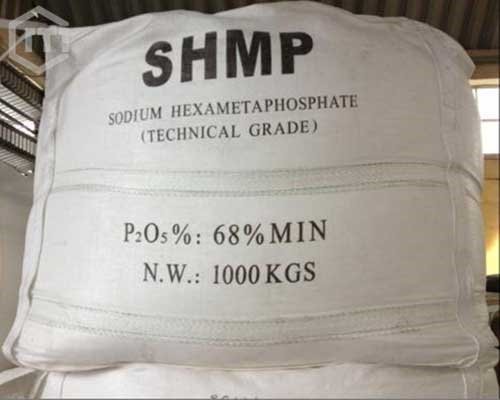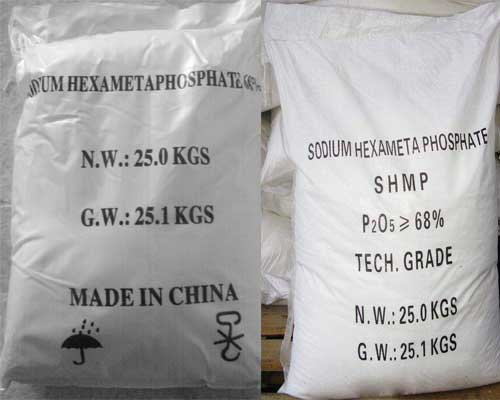Sodium hexametaphosphate (SHMP) is a popular additive in various food and industrial processes. It is versatile and can act as an emulsifier, sequestrant, and preservative adjunct in the food and beverage industry. On the industrial side, it works as a deflocculating agent.
For those who are not familiar with SHMP, this guide can explain its composition, uses, limitations, and market drivers. So, let’s begin by understanding what exactly the SHMP Chemical is.

Preparation And Properties
Heating monosodium orthophosphate can result in the generation of sodium acid pyrophosphate. This pyrophosphate is further heated to generate sodium hexametaphosphate, which is then rapidly cooled. The chemical is colorless and in the form of granular crystals.
SHMP is soluble in water and tends to absorb moisture from the atmosphere around it. It is toxic if ingested directly, and can cause a slow heartbeat, shock, and arrhythmia.
Application in the Food Industry
The chemical has many uses in the food and beverage industry. Its European food additive number is E452i. SHMP is used in baked goods and confections as a dough strengthener, in syrups as an emulsifier, and in beverages as a flavoring agent and stabilizer.
When processing meat, it is used to reduce the cooked out juices in canned meats like ham, pork, bacon, and poultry products. Another ancillary use is as a scald agent to remove hair and feathers from poultry carcasses.
The FDA has set some limitations on the amount of SHMP chemical to be used in each category. In baked goods, it should not exceed 0.17%, while in non-alcoholic beverages, it can be only 0.3%. Jams and jellies can contain up to 0.52%, while cheese and poultry can have as much as 3%.

Application in the Cosmetic Industry
A chelating agent and corrosion inhibitor make it highly valuable to the cosmetic industry. Over 45 beauty and cosmetic products, including eyeliners, bath oils, salts, mascara, makeup base, etc., used the chemical. It is approved by the U.S. FDA and used in varying concentrations in these products.
Industrial Applications
Sodium hexametaphosphate or SHMP can be used as a water softener, in the detergent and laundry industry, for leather tanning, dyeing, and textile processing. Also, it helps remove scaling in water pipes and softens the water supply pipelines. Its anti-corrosive properties make it useful in boilers, pipelines, heat exchangers, and condensers.
When textiles are processed, it helps chelate calcium and iron to hamper the re-deposit of salts on the fabric. When dyeing, it helps spread the color and pigment evenly across the entire swath of fabric.
Safety Norms
The WHO’s maximum tolerable daily intake was 70 mg/kg of body weight per day in 1996. It was re-evaluated in 2019 and brought down to 40 mg/kg by the EFSA. This suggests that while it is an approved flavoring agent in various foods and beverages, it should be taken in limited quantities to avoid side effects.
Some of the common side effects are growth inhibition, increased kidney weight, bone decalcification, parathyroid hypertrophy and hyperplasia, hepatic focal necrosis, and muscle fiber size alterations.
Market Dynamics
The demand for SHMP is continuously growing with the increased consumption of packaged foods and beverages. The U.S. imports SHMP from different countries, with China being the largest supplier from 2015-19. More than half the imports of the chemical were from China. This suggests that there is a scope for U.S. based manufacturers to increase their production capacity to meet the growing demand.
The SHMP chemical is a versatile, colorless, granular product that has multi-industry applications. From textiles to water treatment, food, and beverage processing, this chemical has been a silent yet dominant partner that has led to many innovations. Its many uses make it indispensable, and if consumed within the RDI limit, it is not harmful.